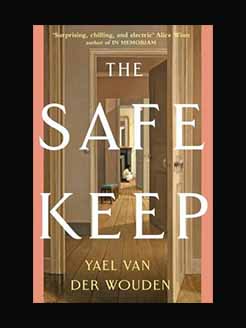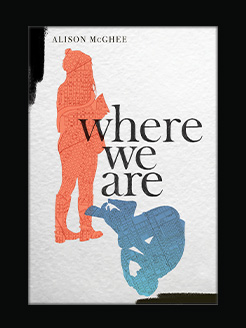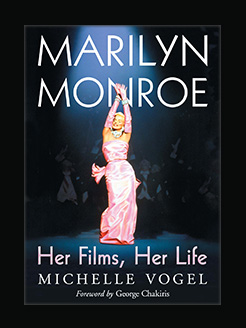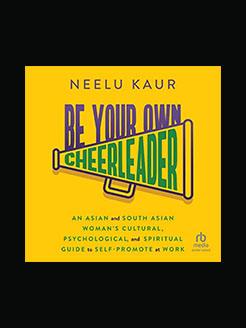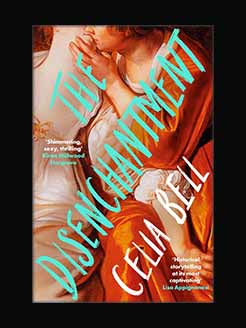Published in 1990
248 pages
What is this book about?
The period 1900-1935 was a fascinating and dangerous one in Russia. Artistically it was period when, arguably, developments were more profound than anywhere else but Paris and women artists played a leading role in the development of Russian Modernism. As Anthony Parton, the editor and translator of Miuda N. Yablonskaya’s [undated] Russian text, says, It is only in recent years that significant scholarly attention has focussed on the role of Russian women artists as a whole. In a brief, but fascinating, introduction which considers the wider position of women artists in Europe, the author notes that in Russia Women artists [and poets] have become more stronger and more active at times of great social tension.
Two women, Elena Polenova, who founded the Artists’ Colony and School of Applied Art at Abramtsevo, and Princess Maria Tenisheva, who organised arts and crafts activities on her Talashkino Estate, were instrumental in rediscovering and developing traditional arts which had been in steep decline and may now be seen as encouraging subsequent women artists. Three peaks of women artists’ achievements are identified, 1, the Pre-Revolutionary period; 2, the Constructivist period of the 1920s, and the late 1920s-early 1930s, with two parallel, but contrary, developments 3, an intimate and personal style, and 4, more public 3-dimensional art.
To address these, the book considers 14 artists, some like Natalya Goncharova, Olga Rozanova, Alexandra Exter and Nadezhda Udaltsova are more than just names and, interestingly, are brought together with Lyubov Popova and Varvara Stepanova within the chapter dealing with 2. Amazons of the Avante-Garde. The other artists are Maria Yakunchikova, Anna Golubkina and Zinaida Serebryakova, who are considered within 1. Women on the Brink of Modernism, Antonina Sofranova, Eva Rozengolts-Levina and Nina Simonovich-Efimova, who produced intimate and socially-resonant works and are examined within 3. Women Artists and the Chamber Art of the 1920s and 1930s and Sarra Lebedeva and Vera Mukhina, who ventured beyond the constraints of Soviet bureaucracy and offered personal statements of woman’s vitality, and are considered within 4. Two Soviet Sculptors. The book is completed by a valuable set of Notes, a Select Bibliography, Chronologies, a List of Illustrations and an Index.
The book contains 284 illustrations, 83 in colour. Many of the b/w illustrations are contemporary photographs. Interestingly, many of the artists came from distant regions of Russia and challenged the over-refined European conventions of Moscow and St Petersburg. The painting styles range across Yakunchikova’s Symbolism, Serebryakova’s animated Realism, Goncharova’s Neo-Primitivism, Popova’s Constructivism and Rozankova’s Semi-Abstractions.
Yakunchikova, who represents the first expression of a specifically female creative vision, was active in painting, book design, embroidery and toy-making. Unfortunately, none of her works, “Bois de Boulogne”, “The Window”, “Aspen and Fir-Tree”, all 1896, and “The Flame”, 1897, are shown in colour. Golubkhina, who pioneered Russian sculpture, could not afford to study with Rodin but his influence, allied to her independence, is seen in “Walking Man”, 1903,’ and “Old Age”, 1907, a theme she returned to repeatedly. Serebryakova’s work fuses Russian Realism and personal expression rooted in the happiness of her family life, “Self-portrait at the Dressing Table”, 1909, “Bleaching Linen”, 1917, “The House of Cards”, 1919.
Goncharova’s work is relatively well-known, “Yellow and Green Forest: Rayonist Construction”, 1912, “Aeroplane over Train”, 1913, and “The Fruit Harvest”, 1909, (shown on the font cover) are amongst many works included. “Untitled (Green Stripe)”, 1917, the collage “Workbox”, 1915, and many book illustrations by Rozanova show the short-lived artist’s constant experimentation. Popova, another artist to die young, produced works that, even now, seem contemporary, “Pictorial Architectonic” and “Composition”, both 1918, “Dynamic Composition”, 1919. Exter, again relatively well known, was active in painting, “Sevres Bridge”, 1912, “Colour Construction”, 1921, and theatre design, “Salome”, 1917. Stepanova was involved in the `overflow’ of Constructivism, “Figure with Drum”,1921, into the design of textiles, books (“Zigra”, 1921) and posters, “Krasnaya Nova”, 1924. Udaltsova developed a more painterly Suprematism, “Decorative Composition”, 1916, and later returned to figuration, “In an Armenian Village Garden”, 1933, whilst becoming one of the most progressive artistic and social personalities of the Revolution.
Sofranova, “Landscape with Trees”, 1919, “Pink House, Blue Fence”, 1933-34, Rozengolts-Levina, “Old Jews”, 1925, “Moscow River at Twilight”, 1934, and Simonovich-Efimova, painted, “Peasant Woman in Red Skirt”, 1916-17 and designed puppets, “Pushkin”, 1922, and “Whore”, both 1929. All are little known outside Russia, as are the sculptors, Lebedeva, “Bull”, 1922, “Alexander Tsyurupa”, 1927, “Hen Teapot and Bowls”, 1934-36, and Mukhina, “Pieta”, 1916, “Peasant Woman”,1927-28, “Woman with Pitcher”, 1935.
By the mid-1930s, the stultifying progress of official art suppressed individuality in art and, for a period, the contribution of women artists ceased to be distinctive. Although the book has something of the feel of an Eastern European text with its rather thick, slightly grey pages, its illustrations reproduced on shiny paper and its final sections are unattractively set out in small type, the information presented here is not readily available elsewhere and so these quibbles are minor. Recommended for those interested in [Russian] Modernism. Opportunities to see these and other similar works, sadly, seem dependent on visiting Russia.
